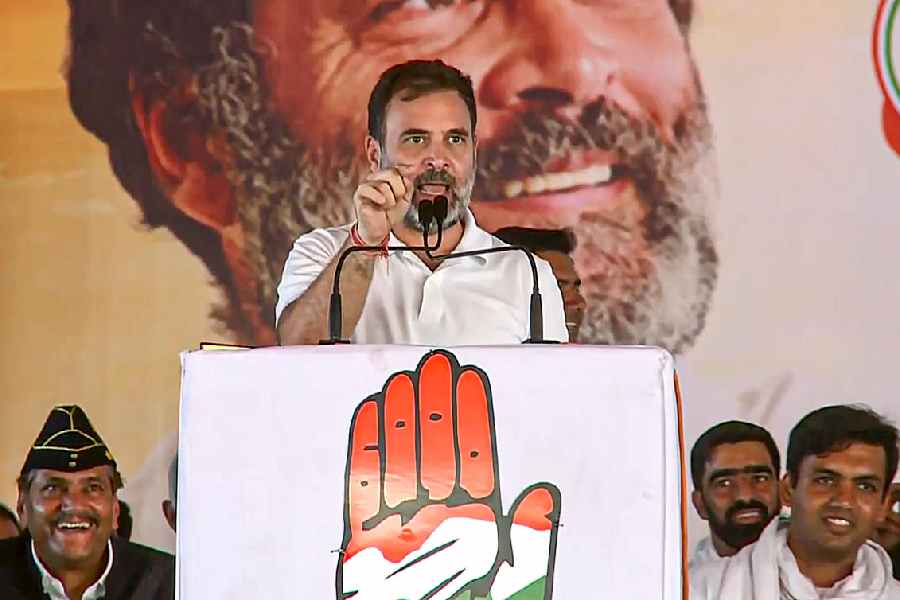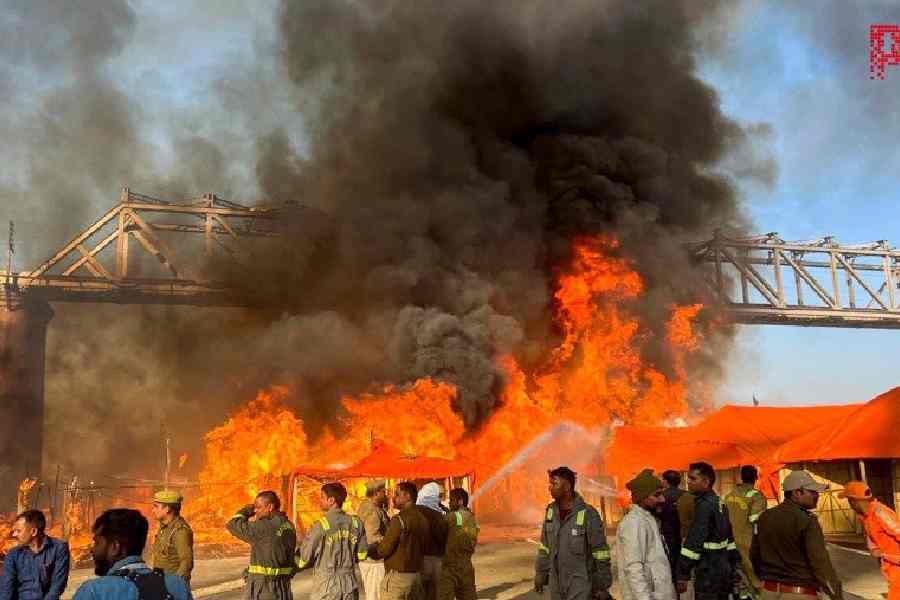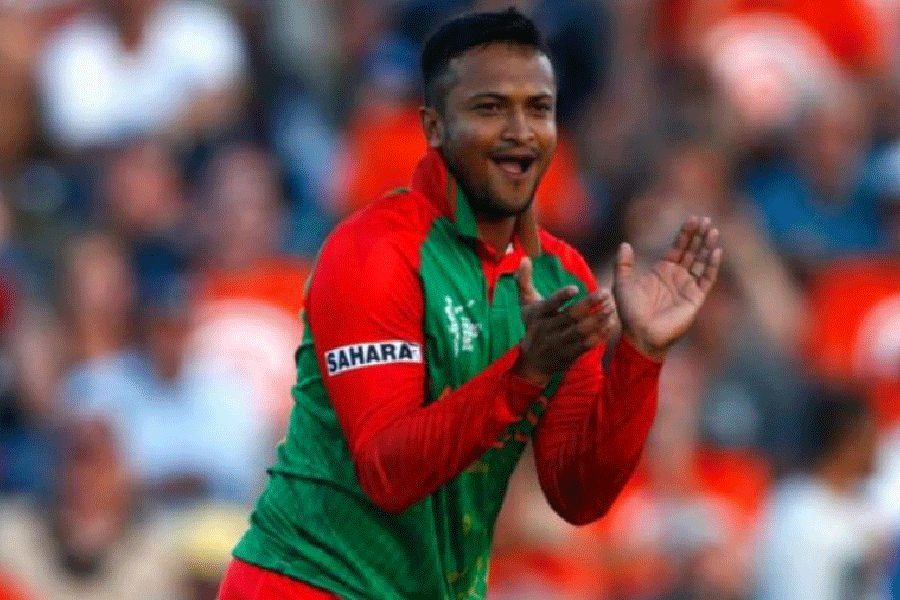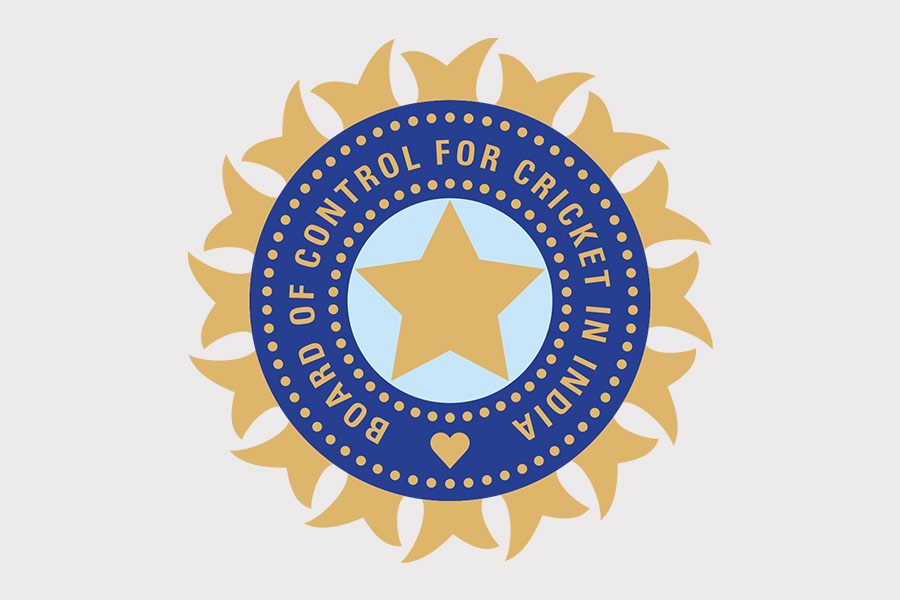One of the fascinating things about a secret ballot election is that it is a race you’ve watched until the end but you still don’t know for sure who breasted the tape. The count counts. That count is about to happen, or is happening, as you read this. You could be waiting upon a momentous moment for what the verdict would mean for us, the largest democracy on the planet.
The first Indian election I covered was the one in 1984. As it happens that remains our only 400-paar verdict yet. It would be an understatement to call that an unusual election. It was staged on the cortège of the assassinated Indira Gandhi; a numbed and anxiety-ridden nation over-invested in her young successor as saviour.
1984 was a curse of a year, but for a reporter just arrived on the field, it was a grab as grab can feast. Operation Bluestar, the army-led invasion of the Golden Temple, Sikhism’s holiest shrine, and the bloody massacre that exterminated Jarnail Singh Bhindranwale and his entrenched Khalistani militiamen. The Delhi-inspired toppling of Farooq Abdullah as chief minister by his surly brother-in-law, Gul Shah, in Jammu and Kashmir. The cold killing of Prime Minister Indira Gandhi on the lawns of her official residence. The Bhopal gas leak. The rousing Rajiv Gandhi election. It was baptism by fire.
Forty years later, we have come to witness an election barely lukewarm by comparison. Sullen and lacklustre even by the standards of the electricity Narendra Modi has triggered twice in a row since 2014. His first campaign was waged against a near-disabled UPA, riven with allegations of corruption, punctured by what came to gain popular currency “policy paralysis” at the altar of coalition dharma. A craftily curated campaign — “Achhe Din”, if you can still recall — fuelled by irrepressible ambition put him in power, the first Prime Minister to command a majority since Rajiv Gandhi in 1984. The 2019 campaign was fired up by the tragedy at Pulwama and the consequent Balakot air strike. Again, it was a shivered nation seeking succour in Modi’s vociferous chest-thumping ultranationalism, of which there has been little evidence in relation to the Chinese incursions in eastern Ladakh.

Security personnel keep watch on the EVM strong rooms, on CCTV cameras, set up at the Hastings House complex on Monday, the eve of counting for the 2024 general elections. Picture by Pradip Sanyal
One of the reasons why the 2024 campaign has appeared faded in comparison to the previous two — and this despite the elaborate spectacle of the opening of the Ayodhya temple — could well be that the febrile “Modi-Modi!” pitch is tough to sustain. It may well be that Modi votaries, having already resolved their choice, found little reason to expend more energy than necessary. By the same count, there could have been assumptions of inevitable defeat among anti-Modi voters, little to encourage them to step out in this summer’s record centigrade highs. We cannot know for sure, but both these factors may have contributed to relatively lower turnouts.
Across large swathes of the northern heartland that I travelled, there was barely even a sign that we were in the midst of a general election. No hoardings, banners and posters, none of the frill of rival buntings at war with each other in small-town market lanes, none of the loudspeaker spew, none of the canvassing clamour.
But that seldom meant voters were unwilling to engage on their issues; and when they conversed, they brought up strikingly similar concerns — unemployment, risen prices, and very often, in Muslim pockets in particular, anguish over social harmony and the pain of being othered. Unlike in recent elections, people were also more willing to speak, even rant publicly against the incumbent regime. Whoever is installed in power next will need to address the widespread distress and unease on the ground.
This election also resounded with a noticeable decibel rooting for an India defined by the Constitution, on the streets as well as on social media, which barged in on the campaign and made itself an entity to reckon with. Salutory individual and collective efforts to raise larger issues that they believe should concern all Indians peppered the campaign — majoritarian cult-building and the consequent threat to democracy and secularism, the drift away from the norms of parliamentary democracy to a presidential style of governance, the survival of the Constitution itself.
The voltage and the buzz rippled essentially around the big leaders and their caravans or their choppers stopping. Modi was much his usual campaign self; the surprise at him unfurling divisive narratives was a little wasted. Modi has always gone into elections with an “all is fair in love and war” ethic; irrespective of his claims, not a single campaign of Modi’s has been devised minus attempts at sectarian fracture and extraordinary hyperbole.

Congress leader and candidate from Rae Bareli constituency Rahul Gandhi addresses a public meeting for the Lok Sabha elections, in Mahendragarh PTI
Irrespective of the outcome, the more transformed leader of this campaign was Rahul Gandhi. Think of this — not even his most bitter or churlish rivals brought up the “Pappu” label in 2024. Very often, and probably for the first time, he and the Congress lead the poll narrative, forcing the Modi camp to respond. Illustration: The 400-paar ambition was a ruse to guillotine reservations for SCs/STs and OBCs, and even upturn the Constitution itself. The BJP was forced into repeated high-pitched clarification and Modi eventually gave up the “abki-baar 400-paar” chant from the rostrums. Through the campaign, Rahul appeared engaged, energised, often super-charged. “Modiji, aap yeh chunav haar chuke hain,” he exclaimed in one of several memorable video clips his team put out. It grabbed attention, even if it was only rhetoric.











